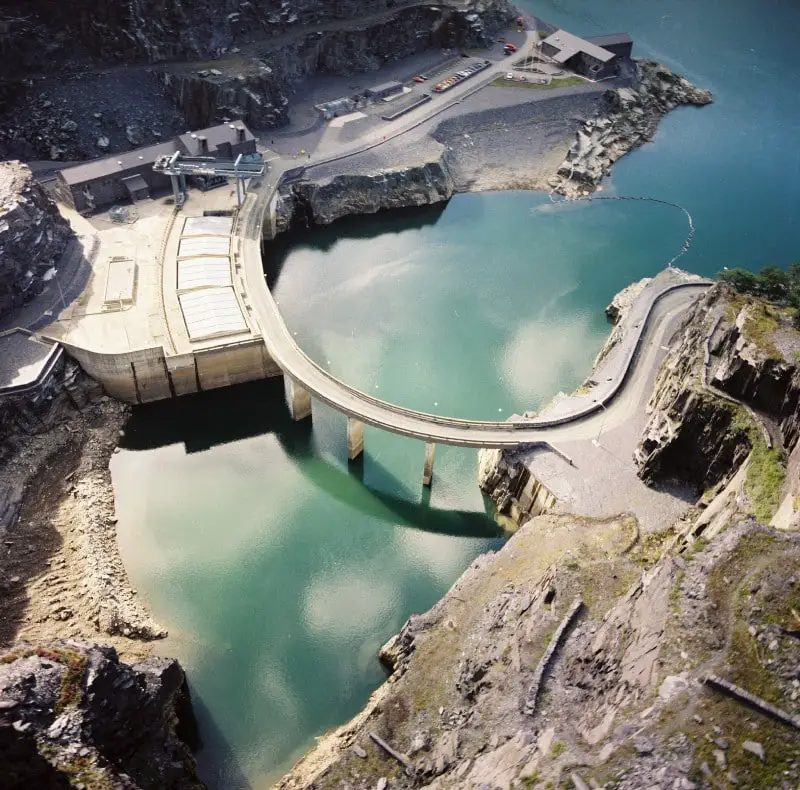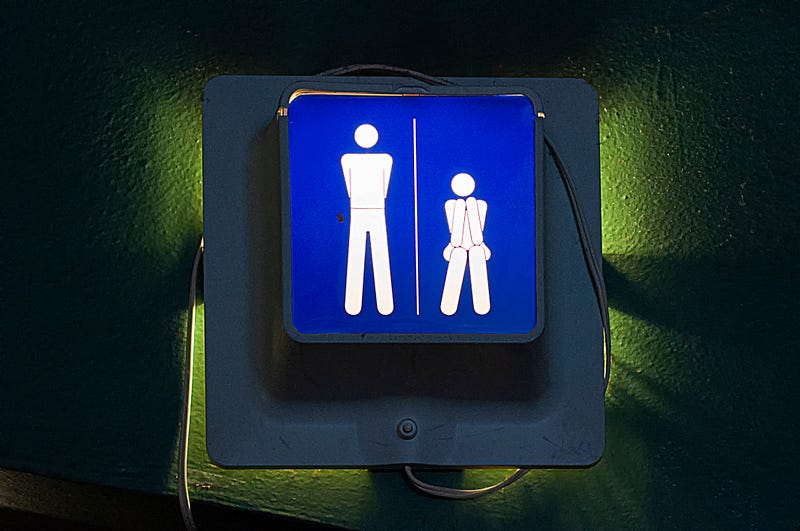Table of Contents
An insight into how the UK power grid relies on reservoirs and the French to make their daily mug.
Whether it is with milk and sugar or a drop of honey, everyone knows that the British have an obsession with tea. It is a cornerstone of their culture and they had enough love for it to start a war with China in the 19th century when their supply was threatened. Even today, British military tanks are fitted with a boiling vessel that allows the crew to heat water within their vehicle — often referred to as the most important piece of equipment in a British armoured vehicle.
Therefore it should come as no surprise that a portion of our electricity infrastructure is built around drinking tea —and more specifically, what happens when 1 million kettles are all turned on at the same time.
TV Pickup – A Nationwide Phenomenon
It is called a TV Pickup, and on July 4th, 1990 it almost blew the national grid. After the England v West Germany FIFA World Cup semi-final penalty shootout, once the nation had been thoroughly disappointed at their defeat, they all walked away and into the kitchen to drown their sadness in a nice hot cup of tea; after all, it is a natural reaction in England to fill up a mug and complain to each other about the day’s let-downs.
However, this fateful afternoon over a million electric kettles were being used at the same time, causing an enormous 2,800MW surge in power drain and almost plunging the country into total darkness. To this day, Britain has been forced to prepare for spikes around major television events and has gone to some extraordinary lengths to manage them. So much so, that they have created several power stations to deal with the additional load, such as the Dinorwig Power Station in Wales.
Dinorwig Power Station

Known locally as Electric Mountain, this pumped-storage power station sits in the Snowdonia national park and can transition from an off state to producing 1,320MW of power in just 12 seconds. It accomplishes this by keeping a large reserve of water 636 metres above sea level in a reservoir that can be sent down, and through, a set of turbines during hours of need. This powers the six 300MW generators affixed to the turbines and generates enormous quantities of energy that is rated for 6 hours of constant power. Once the water reserve has been exhausted, it is then pumped back up the reservoir during off-peak times to be ready for the next use.
But, even the extra capacity of 1,320MW is an insufficient amount to guarantee that the national grid stays supplied during a TV Pickup whilst powering the nation at all times. Instead, we look to the National Grid operators that are responsible for balancing the load during times of peak consumption.
The Delicate Art of Load Balancing
Somewhere, in a National Grid control centre, there sits a Load Balancing operator, responsible for the real-time monitoring and interventions services for the entire country’s power supply. They spend the day watching an interpreted map of all of the high-voltage power lines in the country and their usage levels, watching out for any problems that arise. But, this is not the only screen that they monitor — surprisingly, the other is a standard television playing the day’s best programming.

Because, it is also the job of the operator to be informed at all times of any popular plot lines and TV events that are scheduled to happen that could cause fluctuations in the nation’s power usage, and the best way to do that is to watch them directly. In addition to this, they will watch for commercial breaks and prepare for the load that follows.
It is exceedingly common for the British to spend the time waiting for a break to end by making a cup of tea, as their electric kettles only take around 120 seconds to boil — measurably faster than the American kettle standard of double that at 240 seconds. However, the sheer number of people doing this places great strain on the power reserves available at any given time.
Additional Power Required
Thankfully, load balancers have many resources in place if they need to access a greater level of power to keep the system in a balanced state, such as reserve power plants and international power cables. One particular source that the UK uses frequently to provide stability to the grid is the HVDC Cross-Channel — a 2,000MW bi-directional link that connects the UK to France that holds the title of ‘Largest-Capacity Submarine Cable HVDC Cable’ in the world.
This cable allows for the two nations to sell surplus power to each other at any time and provides both powers with a large safety net should they need it. Grid operators can leverage this additional source of power in real-time to provide a reliable source of additional power during peak hours and is an essential component of the National Grid reserve. In the end, all it took for the British to cooperate with the French was a threat to their tea.

The Effect of the Pandemic
With more people being at home, domestic energy usage has been higher than ever — however, surges are far less common than you would expect.
With the rise of streaming services, fewer people are watching live TV and so commercial breaks are becoming a thing of the past; viewers are finding it far easier to binge 3 episodes of a TV show online than they did with upwards of 30 minutes of commercials dispersed within that time. This reduction in downtime has lead to a dramatic downturn in mid-viewing electric kettle usage.
Despite this, there are still multiple occasions per month that can be a threat to the stability of the power grid, with TV events such as The Great British Bake-Off and Strictly Come Dancing attracting upwards of 10,000,000 viewers per airing. These moments still require manual intervention during commercial breaks and at the end of the programming, but these occurrences are becoming far less common.
Anything Can Trigger a TV Pickup
During the early stages of the pandemic, Britain began celebrating carers by applauding them from their doors all across the country. This happened every day at 8 pm for months — and for the National Grid, this was a trigger event.
They begin seeing daily spikes as people would step back inside and immediately boil the kettle to settle in for the rest of their evening. It was an overall minor event that had serious, unforeseen effects on load balancing efforts at the time.
Another example of when unforeseen circumstances threatened our power levels are pumping stations. Similar to the kettle phenomenon, many people in the UK, and around the world, use commercial breaks to empty their overfilled bladders without missing a moment of TV viewing time. This coordinated attack on the water supply requires that pumping stations consume more electricity as they attempt to deal with the huge outflow of water.

And so we learn that the real villains are those that boil the kettle, and then also use the bathroom.
Lasting Effects of The TV Pickup
Finally, there are even hidden costs to businesses nationwide, as reports that the largest commercial consumer of electricity in the UK, who is responsible for 1.2% of the total supply usage, is mandated to power down to two-thirds power before 7 pm to reduce the chance of a blackout.
But despite this, it is admirable that the UK is able to demonstrate that, with the right amount of stiff-upper-lip, a nation can indeed be prepared for anything their population can throw at them. Even if that means pumping 9.2 million cubic metres of water up a hill, only to toss it all down again for a steaming hot cup of earl grey tea.









